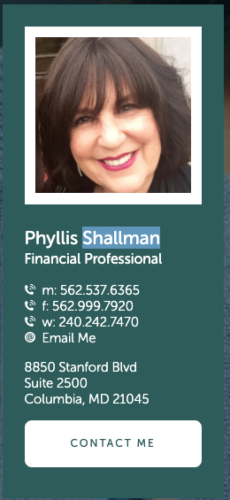Life is full of surprises – many of which cost money.

If you’ve just used up your emergency fund to cover your last catastrophe, then what if a new surprise arrives before you’ve replenished your savings?
Using a credit card can be an expensive option, so you might be leery of adding debt with a high interest rate. However, you can’t let the ship sink either. What can you do?
A personal loan is an alternative in a cash-crunch crisis, but you’ll need to know a bit about how it works before signing on the bottom line.
A personal loan is an unsecured loan. The loan rate and approval are based on your credit history and the amount borrowed. Much like a credit card account, you don’t have to put up a car or house as collateral on the loan. But one area where a personal loan differs from a credit card is that it’s not a revolving line of credit. Your loan is funded in a lump sum and once you pay down the balance you won’t be able to access more credit from that loan. Your loan will be closed once you’ve paid off the balance.
The payment terms for a personal loan can be a short duration. Typically, loan terms range between 2-7 years.[i] If the loan amount is relatively large, this can mean large payments as well, without the flexibility you have with a credit card in regard to choosing your monthly payment amount.
An advantage over using a personal loan instead of a credit card is that interest rates for personal loans can be lower than you might find with credit cards. But many personal loans are plagued by fees, which can range from application fees to closing fees. These can add a significant cost to the loan even if the interest rate looks attractive. It’s important to shop around to compare the full cost of the loan if you choose to use a personal loan to navigate a cash crunch. You also might find that some fees (but not all) can be negotiated. (Hint: This may be true with certain credit cards as well.)
Before you borrow, make sure you understand the interest rate for the loan. Personal loans can be fixed rate or the rate might be variable. In that case, low rates can turn into high rates if interest rates continue to rise.
It’s also important to know the difference between a personal loan and a payday loan. Consider yourself warned – payday loans are a different type of loan, and may be an extremely expensive way to borrow. The Federal Trade Commission recommends you explore alternatives.[ii]
So if you need a personal loan to cover an emergency, your bank or credit union might be a good place to start your search.
